
The Future of Loyalty in the Data Era
Increasingly sophisticated and personalized customer experiences...
Read moreInsights
Go to the BlogIn primo piano

The Future of Loyalty in the Data Era
Increasingly sophisticated and personalized customer experiences...
Read moreEnterprise Solutions
Recent Publications
Whitepaper
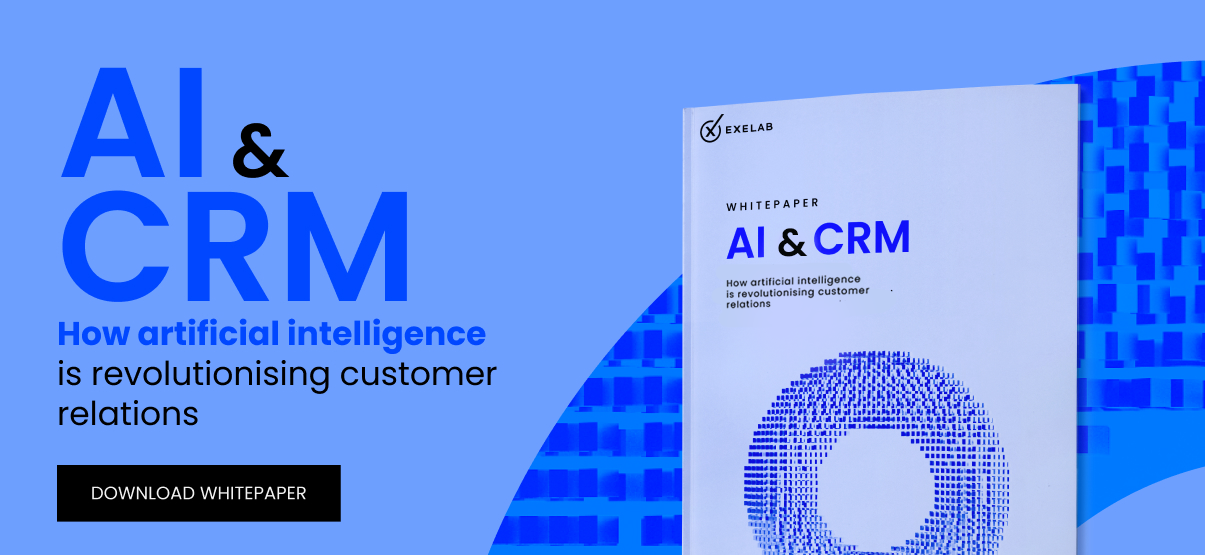
How artificial intelligence is revolutionising customer relations
Download the WhitepaperExtra
A new horizon for CRM
Automation and integration: apps
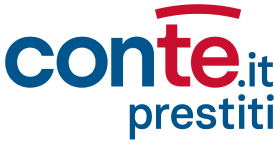
100% digital, fast and paper free processes
A new standard based on AI and HubSpot
Integrated and optimized e-commerce management with HubSpot
Exelab World
Where ideas and innovation meet
Texts to meet tomorrow's challenges
Discover our insights: visit the blog
Latest updates
Insights
Go to the BlogIn primo piano

The Future of Loyalty in the Data Era
Increasingly sophisticated and personalized customer experiences...
Read moreAbout Us
Innovation, excellence, technology: at Exelab we design the future of business processes
Exelab and The Client Group: an operational synergy to raise customer experience to the highest level
Careers
We are always looking for talent ready to make their mark: explore our opportunities
We're hiring!Exelab is an official partner of


Events
Discover our EventsMost Recent Event
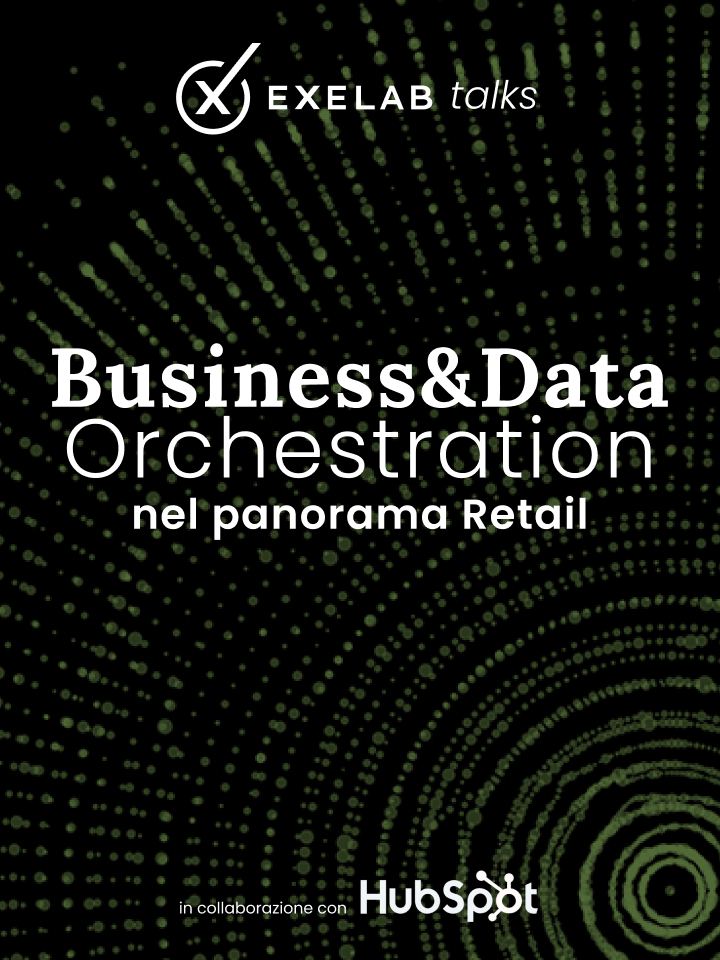
Solutions
Enterprise Technology
HubSpot
Discover
About
Solutions

Exelab Solutions
Insights
Go to the BlogIn primo piano

The Future of Loyalty in the Data Era
Increasingly sophisticated and personalized customer experiences...
Read moreEnterprise Technology

Enterprise Solutions
Recent Publications
Whitepaper

How artificial intelligence is revolutionising customer relations
Download the WhitepaperHubSpot

Extra
A new horizon for CRM
Automation and integration: apps
Discover


100% digital, fast and paper free processes
A new standard based on AI and HubSpot
Integrated and optimized e-commerce management with HubSpot
Exelab World
Where ideas and innovation meet
Texts to meet tomorrow's challenges
Discover our insights: visit the blog
Latest updates
Insights
Go to the BlogIn primo piano

The Future of Loyalty in the Data Era
Increasingly sophisticated and personalized customer experiences...
Read moreAbout

About Us
Innovation, excellence, technology: at Exelab we design the future of business processes
Exelab and The Client Group: an operational synergy to raise customer experience to the highest level
Careers
We are always looking for talent ready to make their mark: explore our opportunities
We're hiring!Exelab is an official partner of


Events
Discover our EventsMost Recent Event

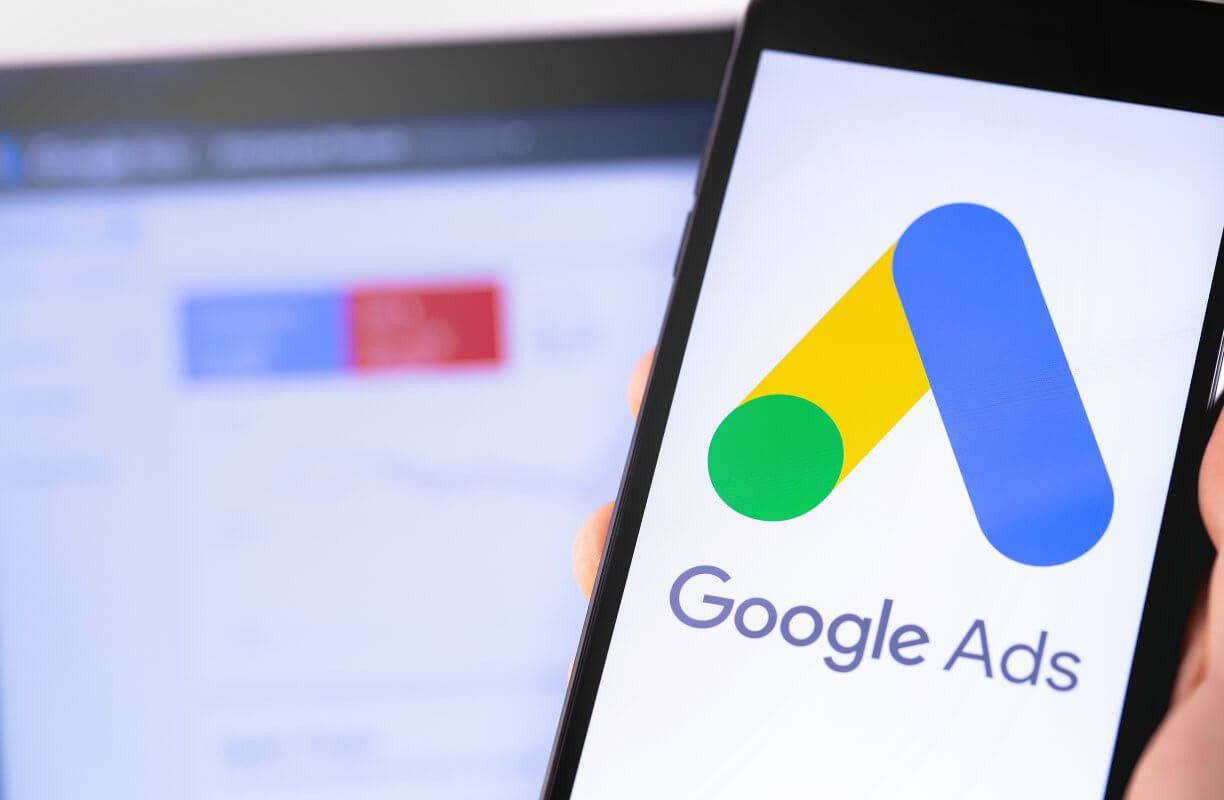
One of the most influential and widely used digital marketing platforms is Google Ads. This article, designed for business decision makers and CMOs, provides a detailed overview of the costs associated with Google Ads and offers guidelines for understanding the relevant technological landscape, increasing strategic awareness of Google's tool, optimizing costs and maximizing return on investment.
According to Evelyn Mitchell, an analyst at Insider Intelligence, "Google has a significant advantage over its competitors when it comes to advertising, especially during economic downturns. Faced with budget cuts, advertisers tend to favor channels with higher ROI, such as search." One of the driving forces behind this resilience is search advertising's immunity to Apple's recent privacy changes. Unlike social media ads, which rely heavily on user data, search ads directly respond to user queries, making them less vulnerable to iOS users' choices not to be tracked.
2023 marks a crucial year for Google: despite initial forecasts for the first quarter, which estimated net advertising revenues of $174.81 billion, current estimates indicate that Google will generate approximately $168.44 billion worldwide. However, considerable growth is expected by 2024, with the company expected to reach $201.05 billion in advertising revenue, although this would be 2.8% lower than initial expectations.
Google Ads is Google's flagship advertising platform and allows any business to promote itself online through targeted ads.
Previously known as Google AdWords, this platform allows you to create pay-per-click (PPC) ad campaigns to reach your target audience across various Google properties:
Google Search: Ads appear alongside organic results when users search on Google. This is the main and most effective channel.
Google Display Network: Ads are displayed on Google partner sites like YouTube, Gmail and millions of other sites that are part of the display network.
Shopping: Ads promote products and services directly in Google search results and on partner properties.
YouTube: Video ads are shown before, during or after content on YouTube.
The main advantages of Google Ads are:
Precise targeting: Highly targeted ads based on keywords, interests, demographics, location and other criteria.
Measurability: All data is trackable in real time to optimize and evaluate performance.
Flexibility: Budgets and strategies can be changed at any time.
Automation: AI-driven features to optimize and scale campaigns.
Credibility: Presence on Google and partner properties increases brand authority.
Now let's take a closer look at economics. Investments in Google Ads are mainly divided into two categories:
Google Ads Ad Costs: The core of the investment. It varies based on chosen keywords, industry and competition. Notably, you only pay when someone clicks on your ad, not just views it. Google Ads' flexibility allows you to set a daily, and consequently monthly, budget, providing predictability in expenses.
Consulting and Account Management Costs: The platform can seem complicated for first-time users. Having a certified consultant or agency can make the difference between a successful campaign and one that doesn't provide good ROI.
Ad costs also depend on parameters like CPC (cost per click) and positioning, which in turn depend on factors like keyword competitiveness, ad quality and landing page quality. Consulting from experts plays a key role especially in fine-tuning these elements.
ROI analysis allows you to evaluate the effectiveness of advertising campaigns. Measuring conversions, analyzing traffic and identifying the most responsive audience segments are all fundamental parts of ROI evaluation. Tools like Google Analytics, integrated with Google Ads, can provide clear insight into the effectiveness of each campaign.
To correctly calculate ROI, conversion tracking must be implemented to accurately attribute leads and sales generated by Google Ads. Secondly, reports must be analyzed to identify the most effective keywords, ads, time periods and devices to focus on. Finally, automation features like Smart Bidding can be used to continuously optimize results.
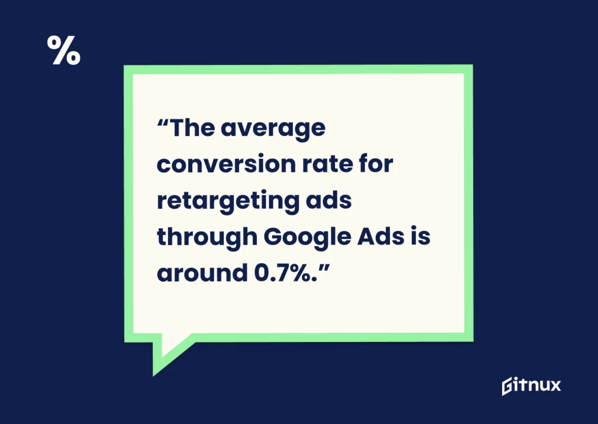
Google Ads should not be seen as an isolated entity but as part of an integrated digital marketing strategy. Integration with SEO, content marketing and social media can multiply overall effectiveness.
For example, Google Ads campaigns can drive high-quality traffic to content that, thanks to SEO optimization, will also organically emerge. Or you can promote paid social content and then re-launch it organically.
In short, always consider that a holistic approach to digital marketing, with Google Ads at the center, brings greater benefits than the sum of the individual parts.
Knowing the average campaign performance metrics for Google Ads can provide significant competitive advantage. Based on extensive analysis of 14,197 customer accounts from WordStream, a recent study offers a detailed overview of Google Ads performance across 20 distinct sectors. These benchmarks are a valuable reference for business leaders because they allow them to compare their own campaigns to industry standards and identify potential areas for improvement.
Let's take a closer look at how the study was conducted and what results it yielded.
To provide a clear and concise view of campaign performance, four key metrics were selected: CTR (Click Through Rate), CPC (Cost Per Click), CVR (Conversion Rate) and CPA (Cost Per Acquisition). These metrics were analyzed for both Google Search Network and Display Network.
The study shows that the Legal, Auto and Travel sectors have, on average, the highest CTRs. Meanwhile, Technology, B2B and Consumer Services sectors tend to have lower CTRs. In terms of costs, Legal and Consumer Services have the highest CPCs, while Advocacy and Non-Profit boast the lowest CPCs. Additionally, while the Dating and Personal Services sector has extraordinarily high conversion rates, E-Commerce struggles to achieve similar levels. Finally, CPA appears to be particularly advantageous in the Auto sector, but tends to be higher in areas like Technology, B2B and Real Estate.
To fully leverage Google Ads, tailored strategies and best practices are required. Choosing keywords, effective copywriting, ad extensions, location targeting and remarketing are some of the main levers to improve performance, but there are many others.
For example, focus groups and market research can identify new relevant keywords to add and organize into thematic ad groups. Responsive ads allow you to combine headlines and descriptions to find the optimal message. On one hand, ad extensions increase engagement, on the other, segmenting the target by location allows you to personalize ads.
The decision to progressively eliminate third-party cookies from the most popular browsers is rewriting the rules of digital marketing. These tools, once fundamental to tracking user behavior and personalizing ads, are becoming obsolete in the face of increasing user privacy demands and ever more stringent regulations.
In response to this epochal change, Google has emphasized the importance of first-party data. In a world without third-party cookies and individual identifiers, first-party data, supported by machine learning, is becoming the backbone of a successful digital marketing strategy. This refers to information that customers have consensually provided, such as email addresses or phone numbers, which companies directly collect and hold.
As highlighted by Google, advertising growth is rooted in privacy. Responsibly creating and managing first-party data and enacting privacy-focused measurements are becoming key components of the advertising strategy. The intrinsic value of first-party data is undeniable. In fact, organizations effectively using this data can double incremental revenue from a single ad placement, communication or interaction.
But how can companies increase their first-party database? The answer is not straightforward, but lies in providing the right value exchange to customers. Providing early access to product launches, personalized recommendations, notifications on newly available products or loyalty programs with exclusive rewards are just some of the ways to incentivize customers to share their data. We must consider that 90% of consumers are willing to share their personal information in exchange for tangible benefits like improved convenience or a personalized experience.
Additionally, investing in privacy-focused advertising solutions is fundamental. Google Ads has introduced privacy-focused technologies to enable businesses to generate valuable first-party data from visitors to their websites. A tangible example of the effectiveness of these new strategies are the latest results from Kia Motors. The multinational renewed its first-party data strategy to meet growing customer privacy expectations and regulatory demands, achieving an impressive 400% increase in conversion rate.
For a flexible and efficient Google Ads strategy, a further step forward is integration with a CRM, a system that collects and manages customer data. This implementation allows you to:
The integration of Google Ads into HubSpot, for example, simplifies targeting customers with highly relevant ads and creating reports on the actual ROI of campaigns. Let's look at the example of HubSpot's CRM. You can start by quickly connecting your Google Ads account and deciding whether to enable ad monitoring and apply HubSpot's tracking pixel.
Subsequently, you can leverage HubSpot's CRM to create specific audience segments that automatically sync with Google Ads. This way, you can direct targeted advertising messages to increase engagement. Furthermore, HubSpot allows you to monitor the success of individual keywords and understand which ads actually influence revenue, to optimize advertising investments.
In conclusion, Google Ads is an essential pillar in the digital advertising landscape, efficiently catalyzing online user awareness. Yet its true potential is revealed when it is harmoniously integrated into a digital strategy that interfaces with other marketing channels.
In this perspective, the alliance between Google Ads and an advanced CRM like HubSpot represents a winning synergy: thanks to the fusion of accurate user data, we can design incisive advertising campaigns and quantify return on investment in detail for each promoted activity.